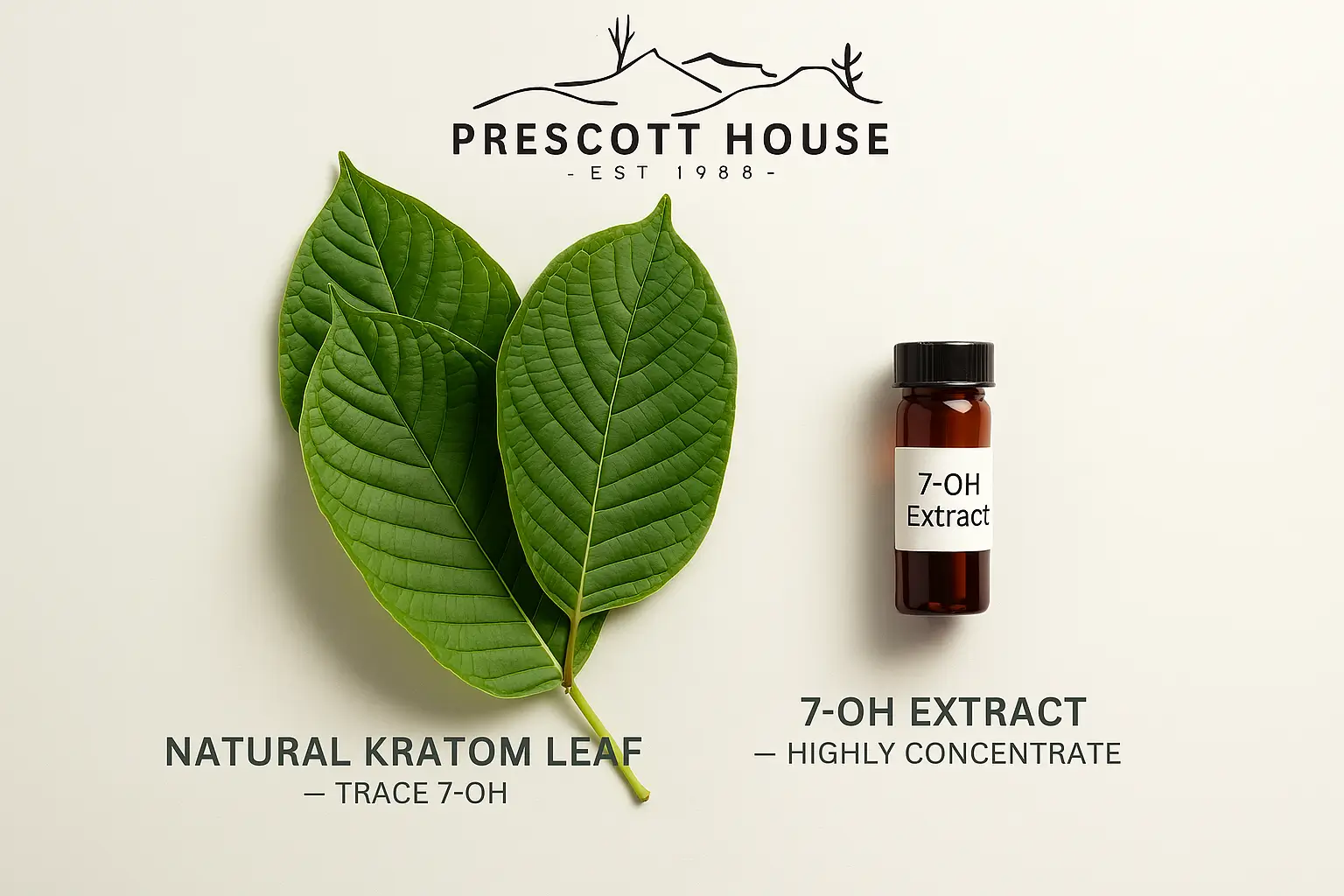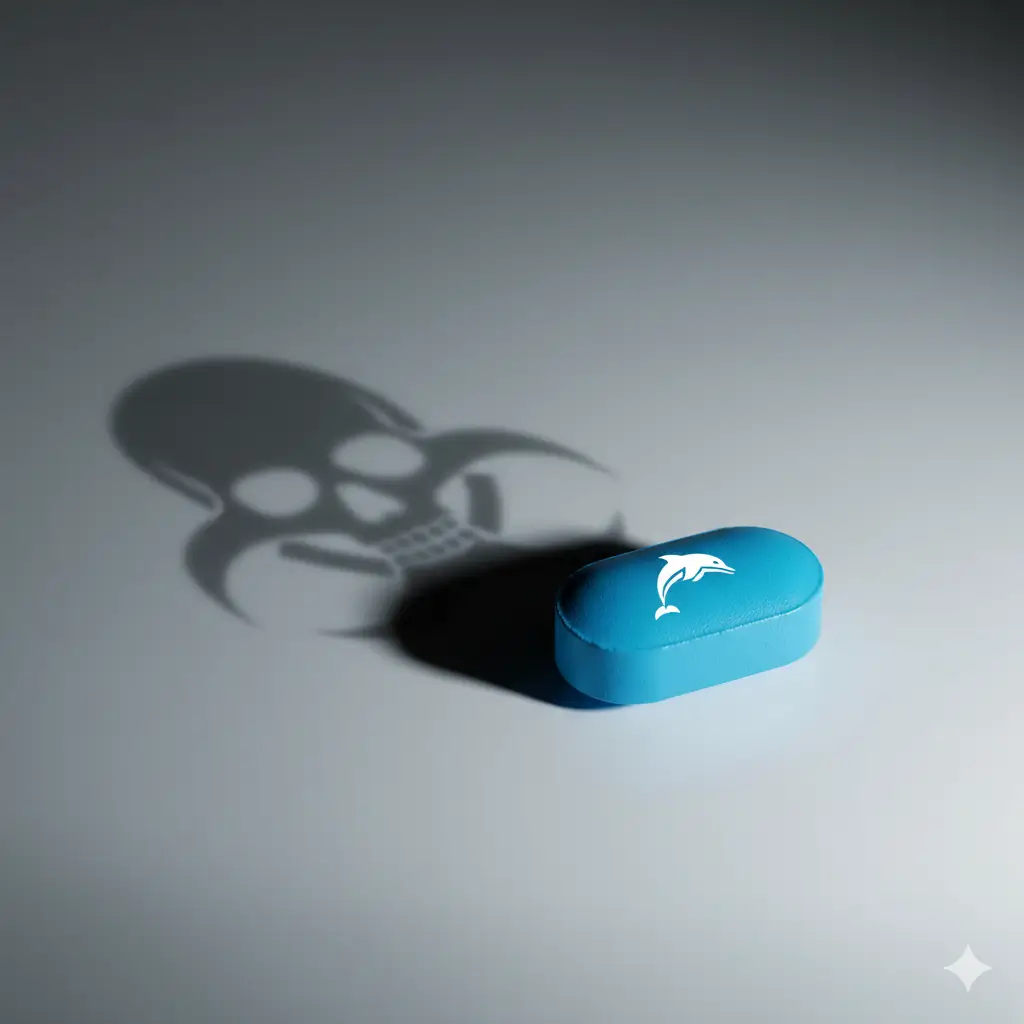That Intense Craving You Can't Shake
Ever wanted a cup of coffee so badly you couldn't think straight? Or craved the next episode of a show you're binge-watching with such intensity that you found yourself reaching for your phone at 2 AM? You might have been "feening" without even knowing it.
That gnawing, almost desperate feeling when you want something goes beyond simple desire. It's the kind of craving that makes you restless, distracted, and maybe a little obsessive. This experience has a name in modern slang: "feening."
While you've probably heard this term tossed around casually, "feening" carries more weight than you might realize. This post will explore what "feening" really means, trace its surprising origins, and examine how it's evolved from describing serious addiction symptoms to everyday cravings for everything from tacos to social media.

What is the "Feening" Meaning?
"Feening" (also spelled "feenin'") describes having a powerful, almost obsessive craving for something. But here's what makes it different from simply wanting something: feening implies an urgency and intensity that feels almost beyond your control.
When you're feening for something, you're not just interested in it. You're consumed by the thought of it. Your mind keeps circling back to that desire, making it hard to focus on anything else. It's the difference between thinking "pizza sounds good" and "I need pizza right now or I might actually lose it."
The term transforms the noun "fiend" into a verb, creating a way to describe the active state of intense craving. Where a fiend is someone with desperate desires, feening is the process of experiencing those desires yourself.
The Origins of "Feening": From Addiction to Everyday Slang
The story behind "feening" reveals a fascinating journey from clinical terminology to casual conversation. The word traces its roots directly to "fiend," which historically described someone with desperate, often destructive cravings.
The term "dope fiend" emerged in the late 19th century as medical professionals and society grappled with understanding addiction. A fiend wasn't just someone who used substances—they were someone whose entire existence revolved around obtaining and using them. The word captured the intensity and desperation that characterizes severe addiction.
During the 1990s, youth culture and hip-hop music transformed this clinical term into something more accessible. Artists began using "feening" and "fiending" in lyrics that described both substance cravings and intense desires for other things—money, success, relationships, or even simple pleasures.
At Prescott House, we've witnessed firsthand how language around addiction evolves. What started as medical terminology often becomes part of everyday speech, sometimes losing its original gravity in the process. This linguistic evolution reflects our changing relationship with concepts of craving and desire.
The term's migration from addiction terminology to general slang represents something deeper: our collective recognition that intense cravings aren't limited to substances. We all experience moments where desire feels overwhelming, whether it's for connection, entertainment, or comfort food after a long day.
Feening vs. Fiending: Understanding the Difference
While "feening" and "fiending" are often used interchangeably, understanding their subtle differences can help clarify when intense cravings might signal something more serious. Both terms describe powerful desires, but they carry different implications about the nature and severity of those cravings.
"Fiending" tends to retain more of its original connection to addiction terminology. When someone says they're "fiending" for something, it often implies a more desperate, compulsive quality to their craving. This version of the word maintains closer ties to its roots in describing the intense, often irrational desires experienced during addiction.
"Feening," on the other hand, has become more mainstream and casual. It's the version you're more likely to hear in everyday conversation about non-substance-related cravings. Someone might say they're "feening for their morning coffee" without implying any concerning level of dependence.
At Prescott House, we help clients recognize when casual language masks serious patterns. Sometimes people describe their relationship with substances using lighter terms like "feening" when "fiending" might more accurately capture the compulsive nature of their experience. This linguistic minimization can sometimes delay recognition of problematic behaviors.
The key difference lies in consequences and control. Feening for your favorite TV show might make you stay up late, but fiending for substances often involves sacrificing important aspects of life—relationships, work, health—to satisfy the craving. Understanding this distinction helps separate everyday intense desires from patterns that might require professional attention.
Modern Usage: From Drug Cravings to Social Media Obsessions
Today's digital landscape has created entirely new categories of things people "feen" for. Social media notifications, online shopping, gaming achievements, and streaming content all trigger the same neurological pathways that once responded only to basic survival needs or substances.
Consider how you feel when your phone battery dies or your internet connection fails. That immediate anxiety, that urgent need to reconnect—that's modern feening in action. The term has evolved to capture these contemporary forms of intense craving that didn't exist when the word first emerged.
Social media platforms have become particularly skilled at triggering feening behaviors. The unpredictable rewards of likes, comments, and notifications activate the same dopamine pathways that drive more traditional forms of craving. Users find themselves constantly checking for updates, unable to focus without knowing what's happening online.
This evolution of the term reflects our growing understanding of how addiction-like patterns can develop around behaviors, not just substances. Gaming addiction, social media dependency, and compulsive shopping all involve the same cycle of craving, satisfaction, and renewed desire that characterizes substance addiction.
What makes modern feening particularly complex is how normalized these intense digital cravings have become. When everyone around you is constantly checking their phones, it becomes difficult to recognize when your own relationship with technology has crossed the line from normal use to compulsive behavior.
The Psychology Behind Intense Cravings
Understanding why we "feen" for things requires exploring the brain mechanisms that drive intense cravings. Whether you're craving a substance, a behavior, or even a specific food, similar neurological processes create that urgent, consuming desire.
The brain's reward system, centered around dopamine pathways, evolved to motivate behaviors essential for survival—eating, reproducing, and staying safe. However, this ancient system can be hijacked by modern stimuli that provide intense, immediate rewards without serving genuine survival needs.
When you experience something pleasurable, your brain releases dopamine, creating a feeling of satisfaction and well-being. Over time, your brain begins to anticipate this reward, releasing dopamine even before you engage in the behavior. This anticipatory dopamine release is what creates the craving—the "feening" sensation.
What makes this particularly powerful is that dopamine responds more strongly to unpredictable rewards than predictable ones. This explains why activities like gambling, social media scrolling, or even checking your phone can become so compelling. You never know when you'll get that next "hit" of satisfaction, so your brain keeps you searching.
At treatment facilities like Prescott House, we help clients understand these neurological patterns because awareness is the first step toward gaining control. When you understand why your brain creates these intense cravings, you can develop strategies to manage them more effectively.
The intensity of feening also increases when combined with emotional states like stress, loneliness, or boredom. These emotional triggers can amplify normal desires into overwhelming compulsions. Learning to recognize these emotional patterns helps predict when you might be most vulnerable to intense cravings.
Conclusion: Understanding the Power Behind the Word
From its serious origins in addiction terminology to its casual use in everyday conversation, "feening" represents more than just trendy slang—it's a window into how we experience and express intense desire in the modern world. Whether you're feening for your morning coffee, the next episode of your favorite show, or struggling with more serious cravings, understanding this term helps us recognize the spectrum of human longing.
The evolution of "feening" from clinical language to mainstream slang reflects our growing awareness that intense cravings aren't limited to substances. We all experience moments when desire feels overwhelming, when that need for something specific consumes our thoughts and drives our actions. Recognizing these patterns—and understanding when they might signal something more serious—is the first step toward maintaining healthy relationships with the things we crave.
The key lies in awareness and honest self-reflection. When your feening for something starts affecting your relationships, work, sleep, or overall well-being, it might be time to examine whether that intense craving has crossed the line from normal desire into something more concerning. The language we use to describe our experiences matters, and sometimes "feening" might be masking patterns that deserve professional attention.
At Prescott House, we understand that the journey from casual craving to concerning dependence isn't always obvious. Our team helps individuals recognize when their relationship with substances, behaviors, or habits has become problematic, providing the support and tools needed to regain control. If you or someone you love is struggling with cravings that feel beyond normal "feening"—if they're interfering with daily life or causing distress—reaching out for professional guidance can make all the difference.
Remember, there's no shame in intense cravings, whether they're for pizza or something more serious. What matters is developing the awareness to recognize when those cravings serve you and when they might be working against your best interests. Understanding the meaning behind "feening" is just the beginning of understanding yourself.













